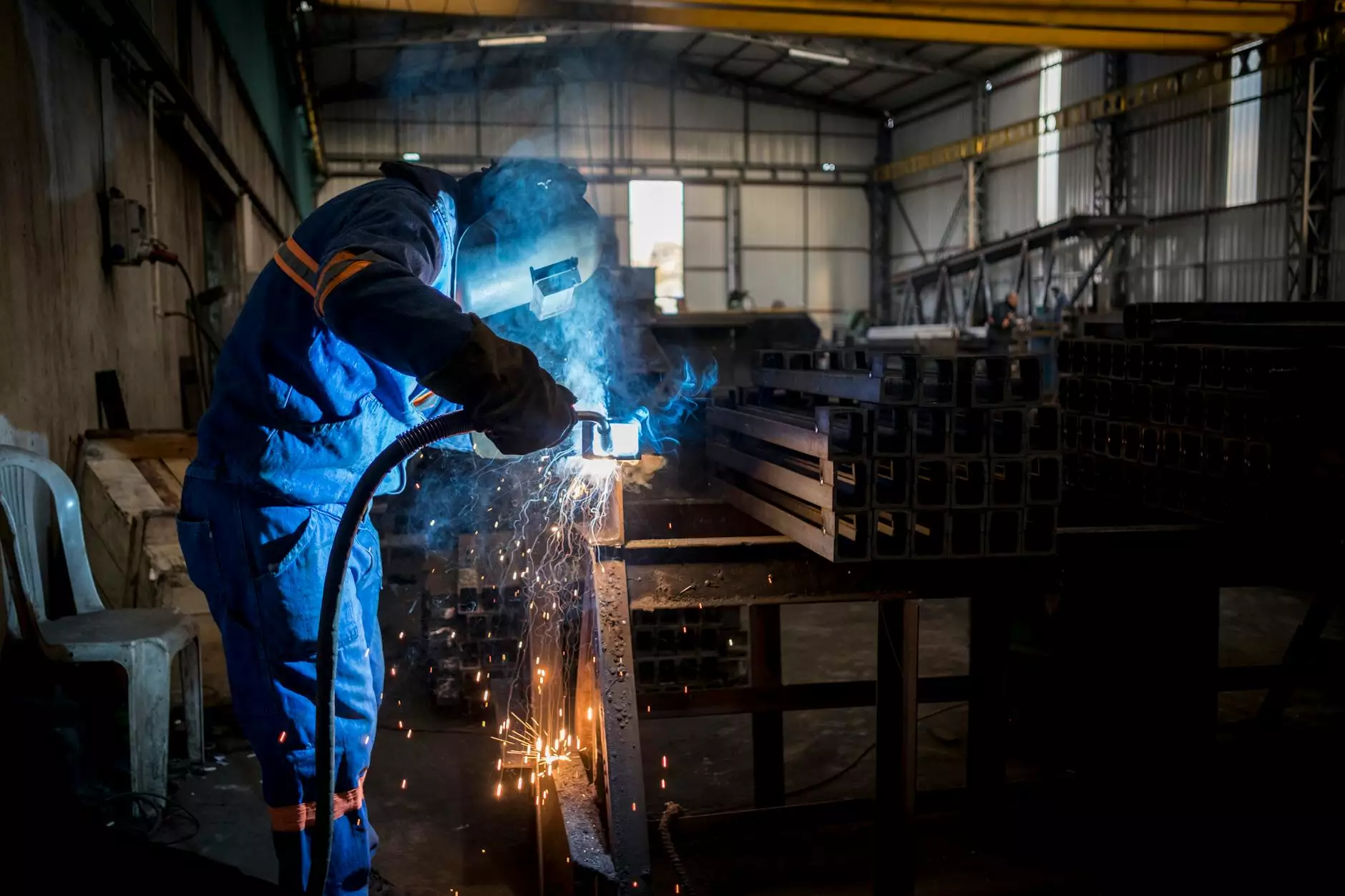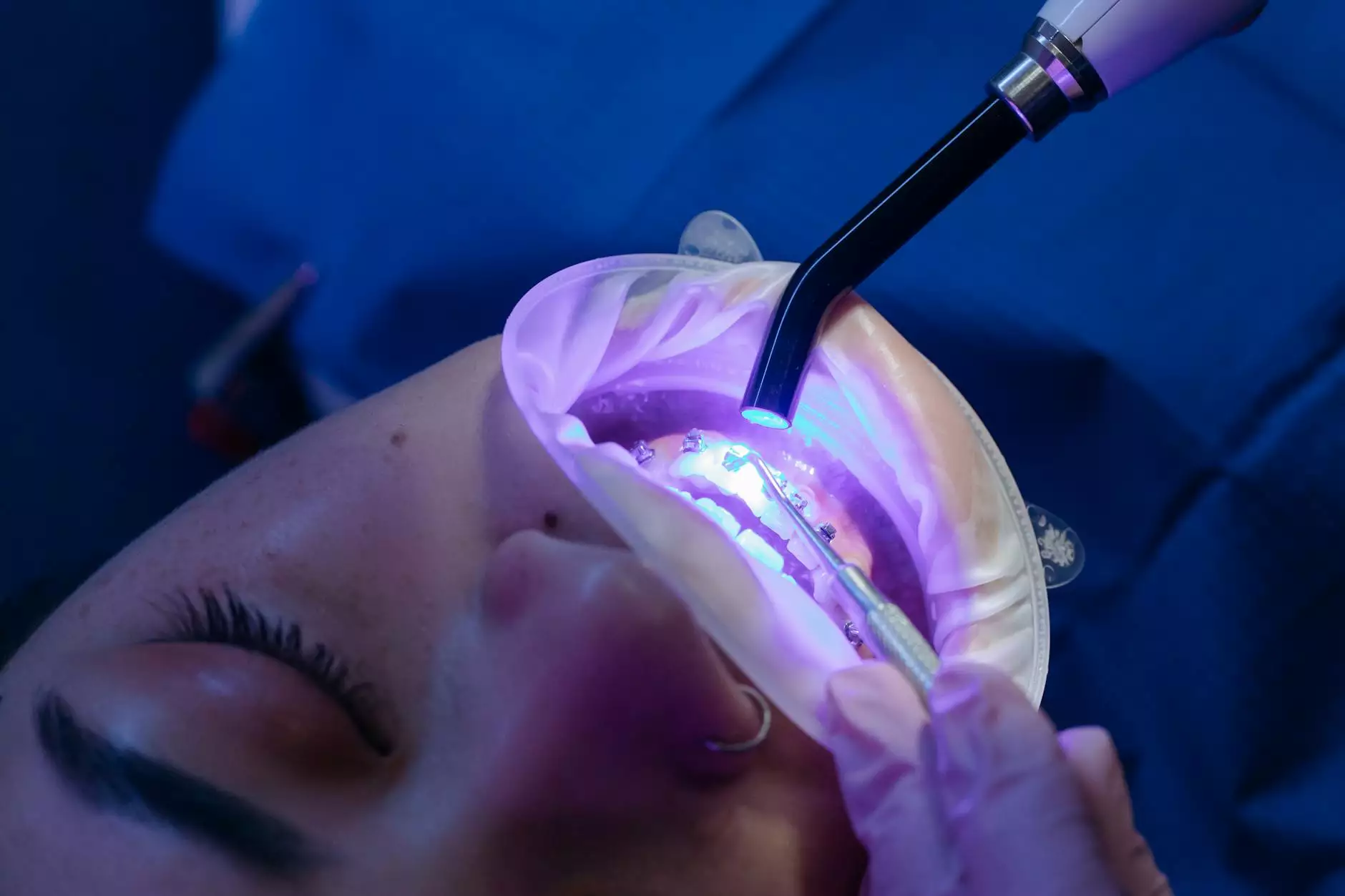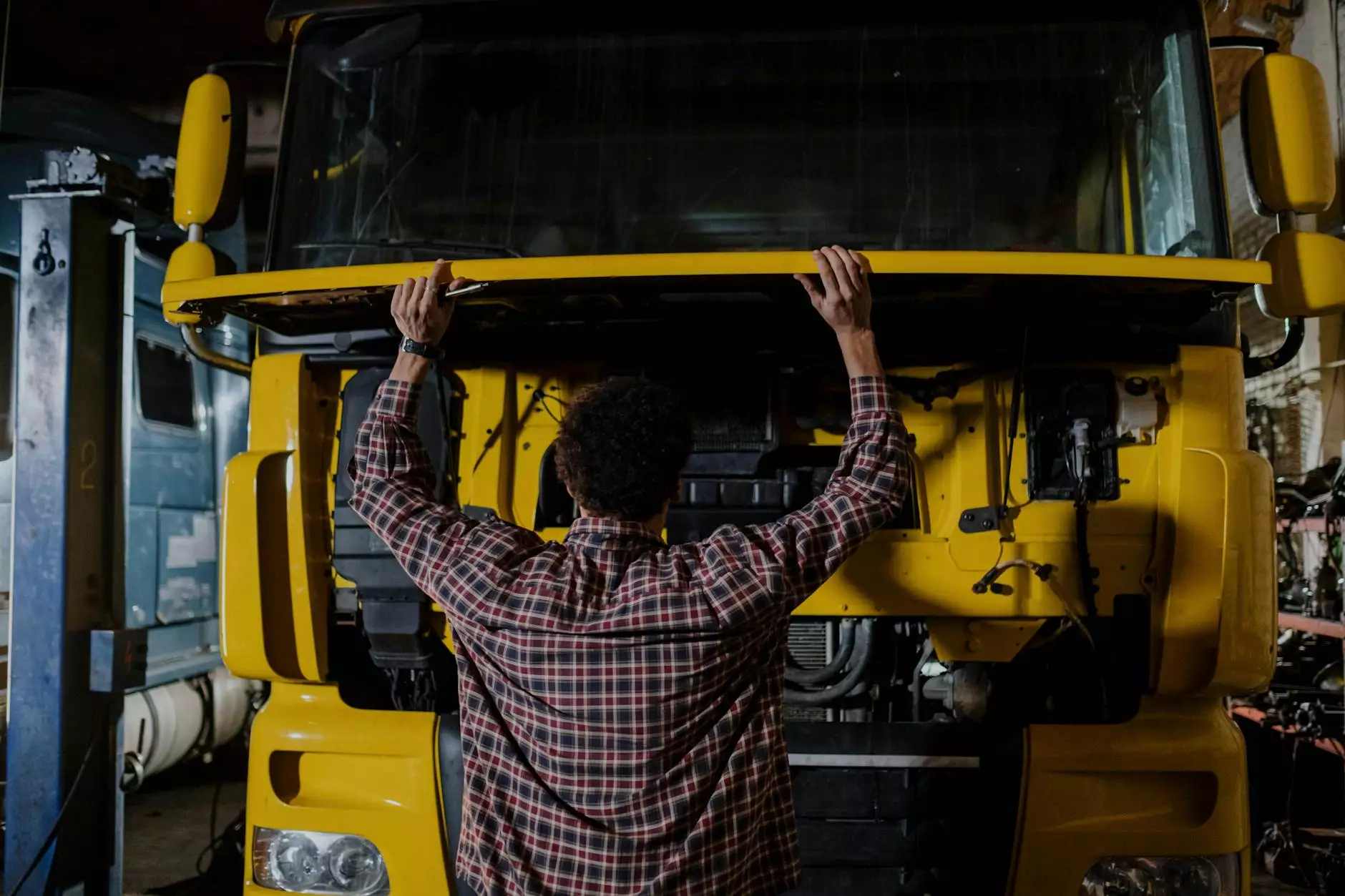The Future of Manufacturing: Stereolithography and Its Impact on Business

In recent years, the demand for advanced manufacturing technologies has surged, primarily driven by the need for faster, more efficient production processes. One of the key players in this realm is stereolithography, a ground-breaking 3D printing technique that has transformed the way businesses operate. This article dives deep into the advantages of stereolithography, its applications, and how it’s shaping the future of industry.
Understanding Stereolithography
Stereolithography (SLA) is a form of additive manufacturing that uses a laser to cure liquid resin into hardened plastic in a layer-by-layer fashion. This cutting-edge technology allows for the creation of highly detailed and complex geometries that are difficult or impossible to achieve with traditional manufacturing methods. The core process of SLA involves three main steps:
- Designing the Model: The process begins with a digital 3D model created using Computer-Aided Design (CAD) software.
- Printing the Model: The design file is loaded into the SLA printer, where a laser traces the design on the surface of the resin, layer by layer, until the complete object is formed.
- Post-Processing: After printing, the object is cleaned and cured to enhance its mechanical properties.
Benefits of Stereolithography for Businesses
The integration of stereolithography into business operations offers numerous benefits that can significantly impact efficiency and innovation. Here are some of the primary advantages:
1. Enhanced Speed and Efficiency
Stereolithography is renowned for its rapid prototyping capabilities. Traditional manufacturing processes can take weeks or even months to create an initial prototype. In contrast, with SLA technology, businesses can produce highly detailed prototypes within a matter of hours. This speed allows for faster design iterations and helps companies respond promptly to market developments.
2. High Precision and Detail
One of the defining characteristics of stereolithography is its ability to produce intricate and precise components. The layer thickness can be as fine as 25 microns, enabling the creation of highly detailed parts that meet tight tolerances. This feature is particularly advantageous in industries such as aerospace, medical devices, and automotive, where precision is critical.
3. Material Versatility
Stereolithography allows for the use of a diverse range of materials, including flexible, durable, and biocompatible resins. This versatility enables businesses to select materials that best suit their specific applications, whether it’s creating prototypes, end-use parts, or specialized medical implements. The ongoing development of new resin formulations continues to expand this material library.
4. Cost-Effectiveness
While the initial investment in a stereolithography printer may be significant, the overall cost savings in terms of material waste reduction, rapid prototyping, and quick production times can lead to lower costs in the long run. Additionally, using SLA allows companies to produce only what they need, eliminating excess inventory and minimizing storage costs.
Applications of Stereolithography in Various Industries
The versatility and efficiency of stereolithography make it applicable across a variety of industries. Let’s explore some key sectors that benefit from this advanced technology:
Aerospace Industry
In the aerospace industry, weight reduction and precision are paramount. Stereolithography allows aerospace engineers to design and produce lightweight components that meet stringent regulatory requirements without compromising safety. Rapid prototyping helps streamline testing and approvals, facilitating quicker product launches.
Medical Device Manufacturing
The medical sector utilizes stereolithography for developing patient-specific models and surgical guides. SLA technology enables the creation of complex geometries that accurately represent patient anatomy, thus personalized surgical procedures. This capability not only enhances patient outcomes but also improves operational efficiency.
Automotive Sector
In automotive manufacturing, stereolithography is used to create prototypes for testing and validation before going into full-scale production. The technology significantly reduces the time required to test new designs and can facilitate shorter development cycles for new vehicles, allowing manufacturers to remain competitive.
Consumer Products
The consumer products industry leverages SLA for rapid prototyping of everything from toys to household appliances. The ability to create functional prototypes quickly and affordably enables designers to conduct user testing and feedback loops that are critical in developing products that resonate with consumers.
The Future of Stereolithography in Business
As we look ahead, the future of stereolithography in business appears bright. With continuous advancements in materials, printer technology, and software, businesses can expect even greater efficiencies and capabilities. Some key trends include:
1. Eco-Friendly Innovations
There is growing momentum towards sustainable manufacturing practices. New bio-resins and recyclable materials are emerging, enabling businesses to reduce their environmental footprint while still benefiting from the advantages of stereolithography.
2. Integration with Industries 4.0
The convergence of stereolithography with Industry 4.0 technologies—including IoT, AI, and machine learning—will further enhance production capabilities. Smart factories will leverage real-time data from SLA machines to optimize operations, produce on demand, and significantly reduce lead times.
3. Expansion of Custom Solutions
As consumer demands for personalized products surge, stereolithography will play a crucial role in providing tailored solutions. The ability to easily modify digital models for unique requirements will shift the focus from mass production to customized production with SLA technologies.
Conclusion
In conclusion, stereolithography is reshaping the landscape of manufacturing and business operations in profound ways. With its ability to combine speed, precision, versatility, and cost-effectiveness, it stands as a cornerstone of modern innovation. As companies across various industries continue to embrace this technology, the full potential of stereolithography will undoubtedly unfold, leading to remarkable advancements in product development and market responsiveness. Businesses looking to gain a competitive edge should consider integrating stereolithography into their production processes to harness the benefits of this revolutionary technology.









